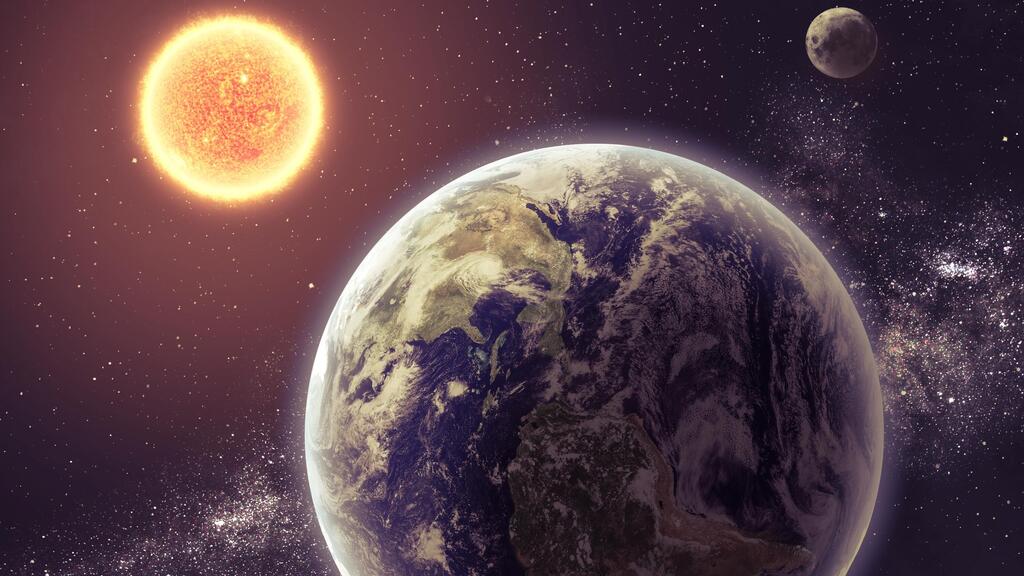Getting your Trinity Audio player ready...
2024 is a leap year according to the Gregorian calendar as well as the Jewish one. Every four years, a day is added to the annual count but not many people know why. Prof. Tsevi Mazeh an astrophysicist at Jerusalem's Hebrew University tries to explain.
Read more:
Leap years have a critical role in aligning our calendar to the Earth's orbit around the sun. The orbit, also known as the tropical year, lasts about 365.25 days until it is completed, just a bit longer than our count of 365 days in a calendar year in the most widely used Gregorian calendar," he says.
"The additional quarter of a day per year may seem insignificant but with time, it accumulates and would lead to a notable change in the calendar that we use."
Mazeh says that if an additional day was not added every four years, we would not have the seasons that we have come to expect and would be out of sync by one month every 125 years.
Leap years have been in use since the times of the Roman Empire. In 46 BCE, Julius Caesar implemented the new 365-day Julian calendar, adding one day to February, which was then the last and shortest month every four years.
Although it worked, the addition overcompensated by 11 minutes and 14 seconds annually. "To round things up, or at least attempt to, the Gregorian calendar instituted one change which was the years that divided by 100 cannot be leap years unless they can also be divided by 400. The Gregorian calendar, which was instituted in 1582, therefore had the year 1600 as a leap year while the years 1700, 1800 and 1900 were not. The year 2000 was again a leap year while 2100, 2200 and 2300 will not be," Mazeh explains.
If we did not have leap years, the equinox – the two days a year when the Earth's day and night are the same length – would move, within a few hundred years and appear at unexpected times so that winter weather could come in the middle of summer, for example, impacting agriculture. In time, our current calendar would also grow increasingly disconnected from the seasons.
Other calendars, including the Jewish and Muslim ones, which are both based on lunar cycles, have their own version of leap years, although not all are added every four years.
The Muslim calendar does "repair" itself to the 365-day astronomical year and moves back by some 11 days annually, resulting in the holy month of Ramadan being celebrated at a different time each year and over time, occurring during all four seasons.
Since there remains a slight discrepancy in the Gregorian calendar, another adjustment may be required in the future, but not in the next thousands of years.



